I need to convert 5V (main power supply) to +/- 30V. I have two +/-15V DCDC converters and was wondering if I can connect them in series to generate the +30V and -30V rail?
I tried simulating this circuit using Mplab MINDI, but there are only DC power sources and I am not sure it is valid to connect them the way I use them. The result show +/-30V. (When I connect the DC source on both ends the Amplitude is split to +15V and -15V therefore I set the amplitude to 30V).

The datasheet for the converter is here (pdf, 224kB)
UPDATE:
After the discussion in the comments I updated my circuit. This would mean I have the separate the supply GND from my circuit GND and also adding two more converters for -30V



